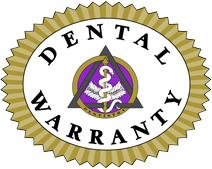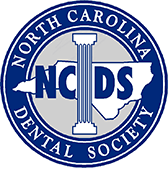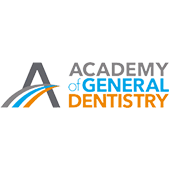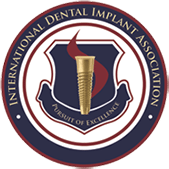
While most people are familiar with cavities, braces and root canals, there are many other different types of dental and oral maxillofacial procedures that people could benefit from. It is important to understand what these options are so that people can make educated decisions. One example of a commonly overlooked procedure is called a sinus lift.
While the words may sound intimidating, it is vital to understand what a sinus lift is so that people don’t overlook a procedure that could be beneficial to their oral and overall health. Below are some important information that everyone should understand before visiting their oral health professional.
What is a Sinus Lift Surgery?
For those who may not know, a sinus lift is the term used to describe a surgical procedure that adds bone to the upper jaw. This bone is placed around the area that supports the rear teeth, also known as molars and premolars. In some offices, this procedure may be called a sinus augmentation procedure.
The bone is placed in the area between the maxillary sinuses (which border both the left and right side of the nose) and the jaw itself. Of course, the face is a confined space and so to make room for this additional bone, the membrane of the sinuses is moved upward, which is where the term “lift” comes from.
This is a complicated surgical procedure that must be performed by a specialist.
Professionals who are trained in this procedure are often:
- Periodontists
- Oral surgeons
- Maxillofacial surgeons
Some people may ask why they would need this procedure. A few common reasons why are defined below.
Why Would I Need a Sinus Lift?
There are a few specific reasons why someone might need a dental sinus lift procedure. Examples include:
- The bone height of the upper jaw is too short
- The sinuses are too close to the jaw itself
- Dental implants need to be placed and room must be made
If an oral health professional believes that this is necessary, a sinus lift may be the answer. Why would people have these anomalies with their jaw in the first place?
- Some people may have lost a few of the teeth in their upper jaw. Often, these are the molars. In this case, some of the bone of the jaw may be lost and more bone must be placed before implants can be given.
- Bone, gum, or periodontal disease may have caused a decrease in the bone density of the jaw itself.
- When people lose their teeth, bone is absorbed back into the body in the form of calcium. This takes place because the body feels that, without the teeth, the calcium can be better used elsewhere. This leads to the loss of vital bone mass in the jaw.
- The person may have simply been born with maxillary sinuses that are too close together for implants to be placed.
While some people may still hesitate to invest in a sinus lift, it is important to note that these procedures have been getting more common over the past decade as more people have been investing in implants. Before deciding, it is important to understand how this procedure is performed.
See related: What is a Sinus Lift for Dental Implants?
How is a Sinus Lift Performed?
In this procedure, people will meet with their oral surgeon prior to the day of the operation. The risks and the benefits will be discussed, and individuals will be given the opportunity to ask any questions that they might have. It is important to review all the options before making a decision.
On the day of the procedure, the surgeon will make an incision along the gum line in the area where the rear teeth used to live. Once the incision is made, the tissue is lifted from the surface. This will expose the surface of the bone.
After this, the surgeon will use a special tool to make a small, round window in the bone itself. This window will give the surgeon a clear view of the sinus, which leaves on the other side of the jaw. After this, the membrane of the jaw is gently moved up and out of the way of the jaw bone itself.
Once the sinus has been lifted, a few granules of graft material are placed into the space where the sinus used to be. While the amount of graft varies, it is important because it promotes the growth of bone that will take the place of the sinus. This is where the “augmentation” part of the procedure comes in.
After the graft material has been placed, the tissue itself will be closed with a few stitches. Then, the bone is given time to heal. A few months later, the implants are placed. Follow-up appointments with the surgeon are necessary to make sure that the growth and healing process are going according to plan.
How Modern Family Dental Care Can Help
If you are missing a tooth or need help recapturing your beautiful smile, call the experts at Modern Family Dental Care. As a leading expert for dental implants in the greater Charlotte area, our oral surgeons have the skill and knowledge to perform sinus lifts. Contact us to see how we can help today!






